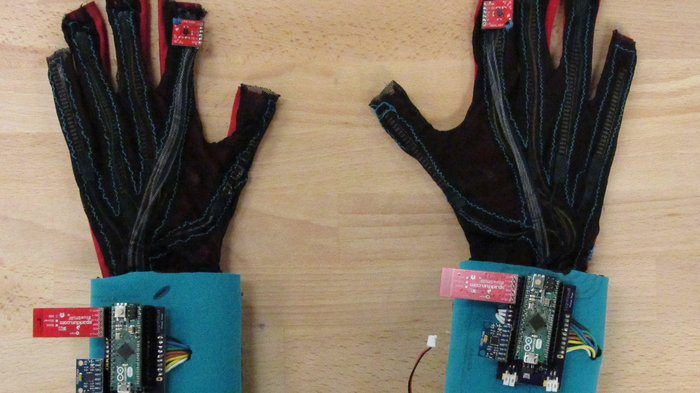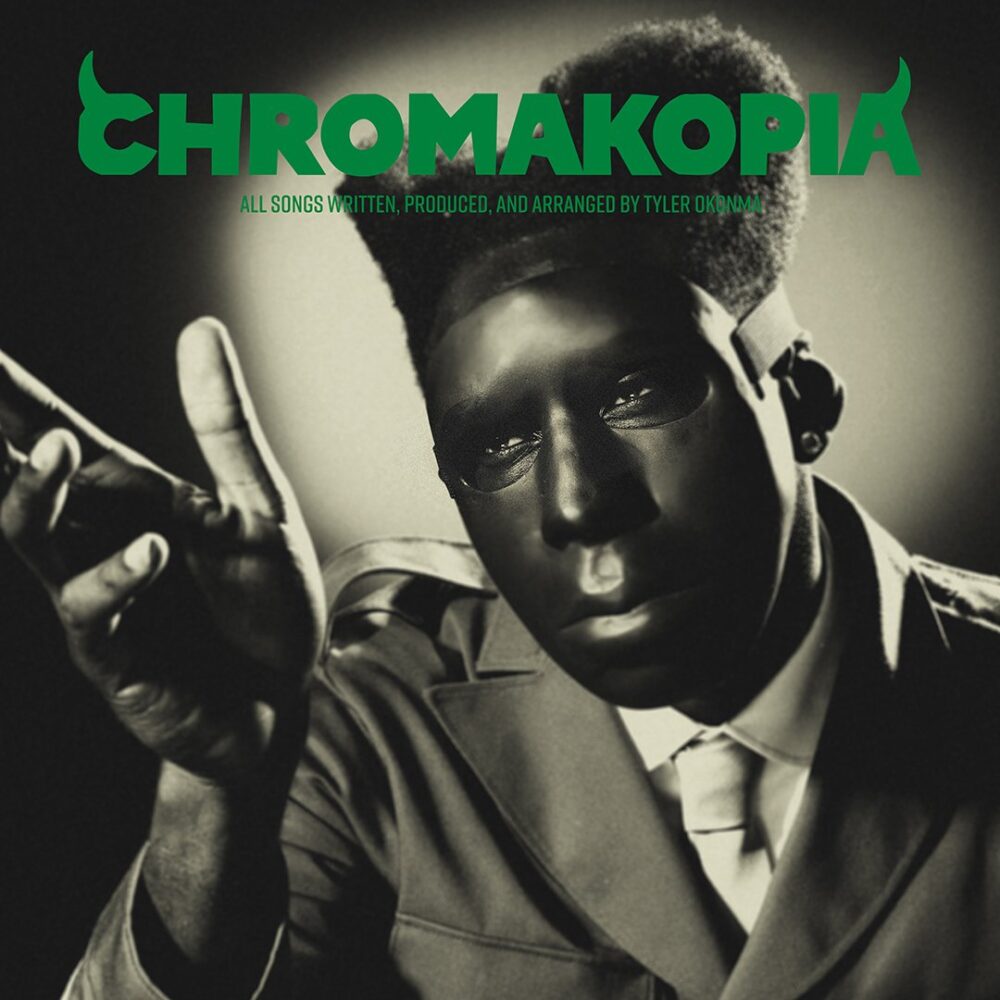‘SignALoud’ gloves translate ASL
SignALoud will help the audio-impaired to better communicate with the rest of the world by using a computer generator to verbalize sign language. Inventors Navid Azodi and Thomas Pryor share, “the gloves will help create a communication bridge between deaf and hearing communities.” Currently, the SignALoud is a prototype, but will approximately be released within a couple of years.
September 9, 2016
Lemelson-MIT students have created gloves that can translate sign language into text or speech: “SignALoud” can recognize hand gestures that correspond to words and phrases in American Sign Language. The gloves work via Bluetooth and transmits the hand gestures through a sensor into one of the computer’s databases, and verbally translates them into English. The gloves will help deaf people better communicate with the rest of the world without changing the way they already interact with each other.
Hundreds of thousands of hearing-impaired people in the United States rely solely on American Sign Language (ASL) for communication. As popular as the language is, there are millions of people with normal hearing that are unable to decipher the hand gestures. Through the “SignAloud,” communication will be easier for people to understand what deaf people are trying to say in any public stores or location.
College sophomores Navid Azodi and Thomas Pryor of University of Washington have been awarded $10,000 for the creation of “SignALoud.” The inventors, who met during their freshman year, are “firm believers that the ability to communicate is a fundamental human right and that those unable to hear or speak face a significant disadvantage in life.”






